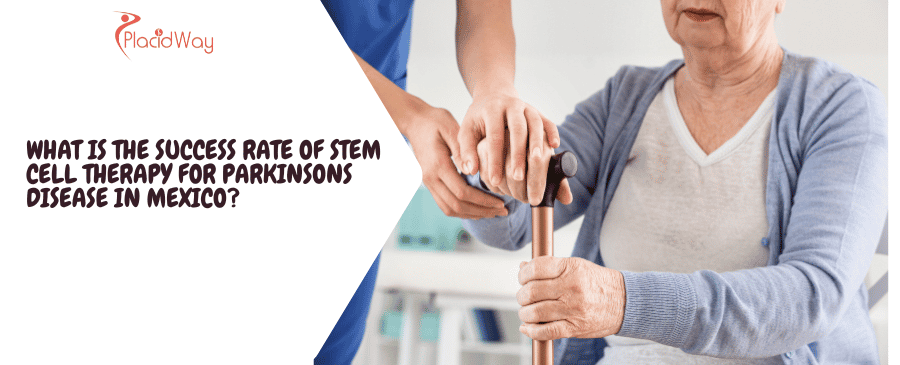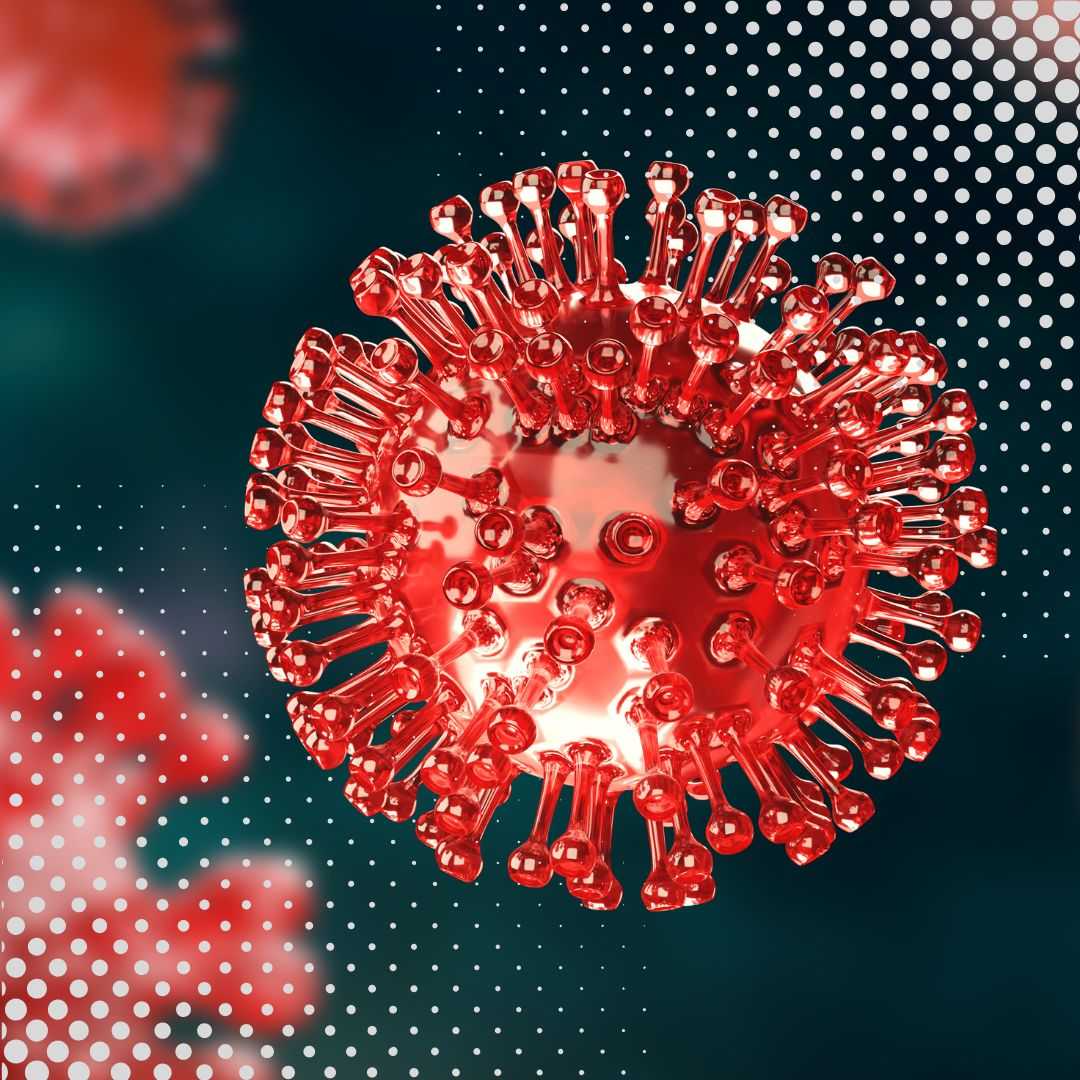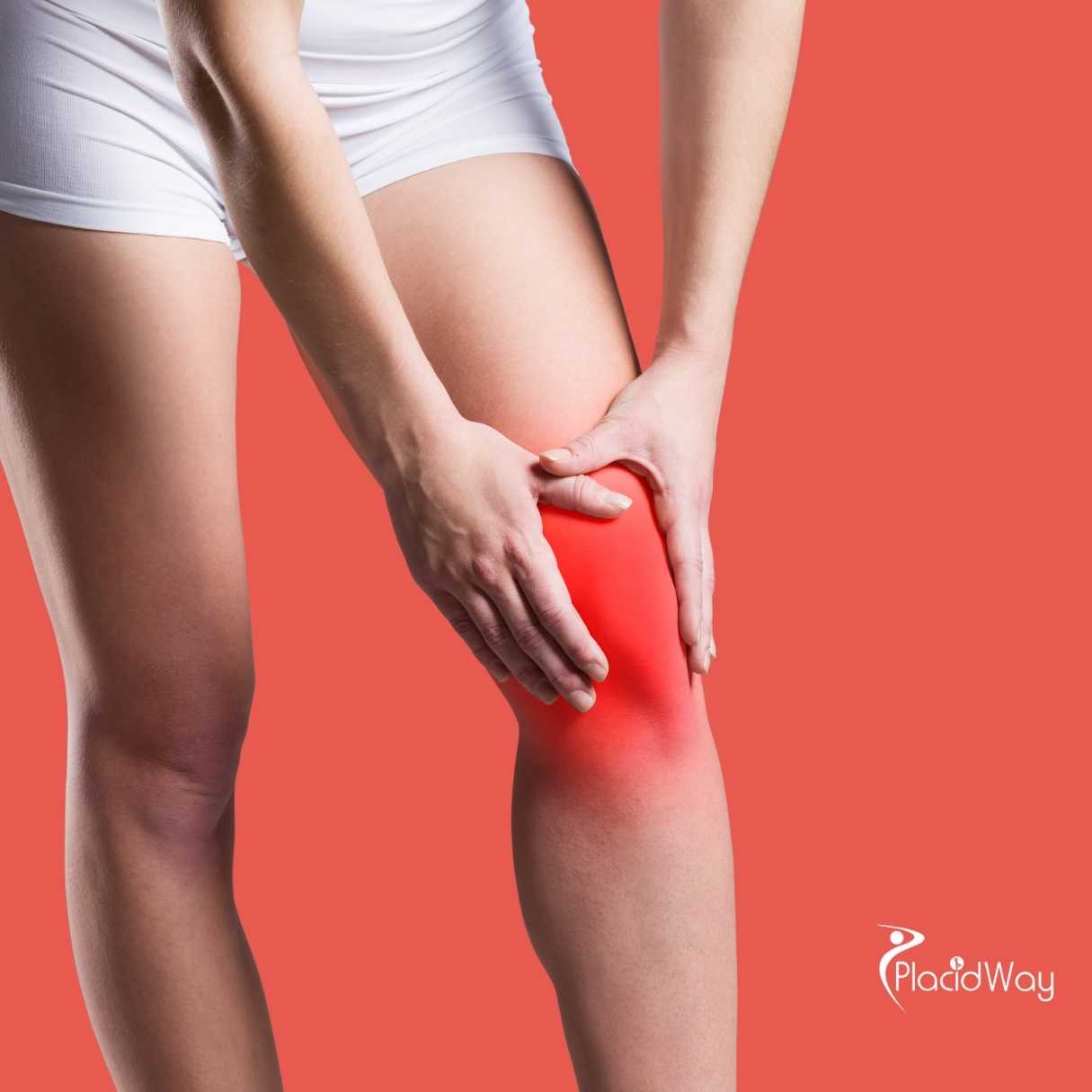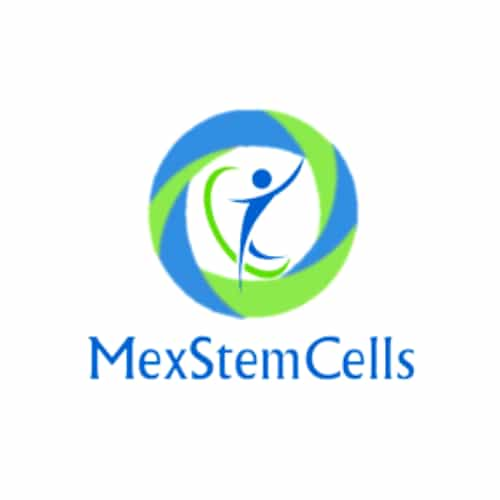Is Stem Cell Therapy in Mexico Right for Parkinson's?

Facing a Parkinson's disease diagnosis can be daunting, and many are exploring innovative treatments like stem cell therapy. One question that frequently comes up is: What is the success rate of stem cell therapy for Parkinson's disease in Mexico? While a single, universally defined "success rate" is difficult to pinpoint due to the personalized nature of the treatment and ongoing research, stem cell therapy in Mexico offers a promising avenue for managing symptoms and potentially slowing disease progression for many individuals. This blog post aims to provide comprehensive answers to your most pressing questions about this evolving treatment, helping you understand the potential benefits, what to consider, and what Parkinson's treatment in Mexico might entail. We'll delve into how it works, the types of stem cells used, costs, safety, and much more, offering clarity in an approachable way.
What is the Reported Success of Stem Cell Therapy for Parkinson's in Mexico?
"The reported success of stem cell therapy for Parkinson's disease in Mexico varies, with many patients experiencing symptomatic improvement, but a definitive statistical success rate is not universally established due to ongoing research and individualized responses."
The concept of "success" in stem cell therapy for Parkinson's can differ from patient to patient. For some, success might mean a noticeable reduction in tremors or rigidity. For others, it could be improved mobility, better sleep, or a slower progression of the disease. Clinics in Mexico often report qualitative improvements based on patient feedback and clinical observations. Research worldwide, including studies informing practices in Mexico, shows that transplanted stem cells can survive, integrate, and even start producing dopamine in some cases.
It's crucial to understand that stem cell therapy for Parkinson's is not currently considered a cure. Instead, it aims to manage symptoms, improve quality of life, and potentially slow down the degeneration of dopamine-producing neurons. The outcomes depend on various factors, including the patient's overall health, the stage of Parkinson's disease, the type and quality of stem cells used, the administration protocol, and the expertise of the medical team. Many clinics will provide testimonials and case studies, but prospective patients should approach these with an understanding that individual results can vary significantly.
How Does Stem Cell Therapy Work for Parkinson's Disease?
"Stem cell therapy for Parkinson's disease aims to replace damaged dopamine-producing neurons or support existing neurons by reducing inflammation and promoting a healthier brain environment."
Parkinson's disease is characterized by the progressive loss of dopaminergic neurons in a specific area of the brain called the substantia nigra. These neurons are responsible for producing dopamine, a neurotransmitter crucial for controlling movement, mood, and other functions. The reduction in dopamine leads to the hallmark motor symptoms of Parkinson's, such as tremors, stiffness, slowness of movement (bradykinesia), and postural instability.
Stem cell therapy introduces new cells into the body with the potential to:
- Differentiate into Dopamine-Producing Neurons: Some types of stem cells, particularly pluripotent stem cells (like embryonic stem cells or induced pluripotent stem cells - iPSCs) or neural stem cells, can be guided to become dopamine-producing neurons. The goal is for these new neurons to integrate into the brain and restore dopamine levels.
- Provide Neuroprotection: Stem cells, especially Mesenchymal Stem Cells (MSCs), release various growth factors and anti-inflammatory substances. These can help protect existing neurons from further damage, reduce inflammation in the brain (neuroinflammation is a key factor in Parkinson's progression), and promote a more supportive environment for neuronal survival and function.
- Modulate the Immune System: MSCs have immunomodulatory properties, meaning they can help regulate the immune response, which can be beneficial in neurodegenerative diseases where inflammation plays a role.
The administration route can vary, including intravenous (IV) infusion, intrathecal injection (into the spinal fluid), or direct transplantation into specific brain regions, depending on the clinic's protocol and the type of stem cells used.
What Types of Stem Cells Are Commonly Used for Parkinson's Treatment in Mexico?
"Clinics in Mexico may use various types of stem cells for Parkinson's treatment, most commonly Mesenchymal Stem Cells (MSCs) derived from sources like umbilical cord tissue, adipose tissue, or bone marrow, and sometimes more specialized neural stem cells."
The choice of stem cell type is a critical factor in the potential outcome of the therapy. In Mexico, several types of stem cells are utilized:
Mesenchymal Stem Cells (MSCs): These are adult stem cells that can be sourced from various tissues, including:
- Umbilical Cord Tissue (UC-MSCs): Readily available, these cells are young, robust, and have strong anti-inflammatory and regenerative properties. They also have low immunogenicity, meaning they are less likely to be rejected by the patient's body.
- Adipose Tissue (Fat): These can be harvested from the patient's own fat (autologous) through a minimally invasive liposuction procedure.
- Bone Marrow: Also a source for autologous MSCs, though the harvesting process can be more invasive, and cell numbers may decline with age. MSCs are primarily valued for their paracrine effects – their ability to secrete beneficial molecules that support cell survival, reduce inflammation, and promote tissue repair, rather than necessarily differentiating into dopamine neurons in large numbers.
Neural Stem Cells (NSCs): These cells are more pre-specialized towards becoming cells of the nervous system, including neurons. They hold promise for directly replacing lost dopamine cells but may be more complex to source and culture.
Induced Pluripotent Stem Cells (iPSCs): These are cells taken from a patient's own body (like skin cells) and reprogrammed in a lab to an embryonic-like pluripotent state, meaning they can then be differentiated into any cell type, including dopamine neurons. While highly promising for personalized medicine, iPSC-derived therapies are still largely in advanced research and clinical trial stages globally. Some cutting-edge clinics might explore protocols involving iPSCs or their derivatives.
It's important to inquire with any clinic about the specific type, source, and processing of the stem cells they use.
Is Stem Cell Therapy for Parkinson's Disease Legal and Regulated in Mexico?
"Yes, stem cell therapy is legal in Mexico. It is regulated by the Federal Commission for the Protection against Sanitary Risks (COFEPRIS), which oversees medical treatments and ensures clinics meet certain standards."
Mexico has become a popular destination for medical tourism, including stem cell therapies, partly due to a regulatory environment that can be more adaptable to innovative treatments compared to some other Western countries. COFEPRIS is the main regulatory body responsible for health products and services in Mexico. Clinics offering stem cell treatments are expected to adhere to COFEPRIS guidelines regarding the sourcing, processing, and application of stem cells.
However, the level of oversight and adherence to best practices can vary between clinics. Patients considering treatment in Mexico should perform thorough due diligence:
- Verify if the clinic is licensed by COFEPRIS.
- Inquire about their laboratory standards (e.g., Good Manufacturing Practices - GMP).
- Ask about their protocols for cell sourcing, characterization, and quality control.
- Look for international accreditations or affiliations if available.
While the legal framework exists, active patient research into the specific clinic's credentials and track record remains paramount.
What is the Typical Cost of Stem Cell Therapy for Parkinson's in Mexico?
"The cost of stem cell therapy for Parkinson's disease in Mexico typically ranges from $5,000 to over $20,000 USD, depending on the clinic, the type and number of stem cells, the number of sessions, and included services."
Several factors influence the overall cost:
- Type and Source of Stem Cells: Treatments using highly specialized cells or those requiring extensive lab culturing may be more expensive.
- Number of Cells and Sessions: The dosage of stem cells and the number of treatment sessions recommended will significantly impact the price. Some protocols involve a single infusion, while others may require multiple treatments over days or weeks.
- Clinic Reputation and Location: Well-established clinics in popular tourist destinations might have higher prices.
- Inclusions in the Package: Some clinics offer all-inclusive packages that may cover consultations, the treatment itself, accommodation, local transportation, and follow-up care. Others may price these services separately.
- Complexity of Administration: Direct brain injections, if offered and deemed necessary, would be more complex and costly than IV or intrathecal methods.
It is essential to get a detailed, itemized quote from any clinic you are considering. Be wary of prices that seem too low, as this could reflect compromises in cell quality, safety protocols, or the expertise of the medical staff.
What are the Potential Benefits of Stem Cell Therapy for Parkinson's?
"Potential benefits of stem cell therapy for Parkinson's include improvement in motor symptoms (tremors, rigidity, slowness), enhanced mood and energy levels, reduced medication needs, and a potential slowing of disease progression."
While not a cure, patients undergoing stem cell therapy for Parkinson's may experience a range of improvements:
- Motor Symptom Relief: Reductions in tremors, muscle stiffness (rigidity), and improved speed and coordination of movement (addressing bradykinesia). Some patients also report better balance and gait.
- Non-Motor Symptom Improvement: Parkinson's also involves non-motor symptoms. Stem cell therapy may lead to better sleep, improved mood (less depression or anxiety), increased energy levels, and enhanced cognitive function for some individuals.
- Reduced Medication Dependence: As symptoms improve, some patients may be able to reduce the dosage of their Parkinson's medications, thereby lessening medication-related side effects. This should always be done under the guidance of their neurologist.
- Slowing Disease Progression: A primary hope for stem cell therapy is its neuroprotective effect, potentially slowing down the ongoing loss of dopamine-producing neurons.
- Improved Quality of Life: Collectively, these improvements can lead to a significantly better overall quality of life, allowing for greater independence and participation in daily activities.
It's important to have realistic expectations. The extent of benefits varies widely among individuals.
What are the Risks and Side Effects Associated with Stem Cell Therapy for Parkinson's?
"While generally considered safe when performed by qualified professionals, potential risks of stem cell therapy for Parkinson's include infection, minor reactions at the injection site (pain, swelling), and, rarely, allergic reactions or other complications. The use of a patient's own cells (autologous) minimizes rejection risks."
Like any medical procedure, stem cell therapy carries some potential risks:
- Infection: As with any injection or invasive procedure, there's a risk of infection at the injection site or systemically, although this is minimized with sterile techniques.
- Injection Site Reactions: Pain, bruising, or swelling at the site of cell harvesting (if autologous cells are used from bone marrow or fat) or at the administration site.
- Allergic Reaction: Though rare, particularly with allogeneic (donor) cells, an allergic or immune reaction is a theoretical possibility. MSCs are generally considered to have low immunogenicity.
- Fever or Headache: Some patients may experience temporary mild fever, headache, or fatigue post-treatment.
- Tumor Formation (Teratomas): This is a significant concern primarily with embryonic stem cells or improperly differentiated iPSCs if they are not carefully controlled. Most reputable clinics in Mexico using MSCs or other adult stem cells have a very low to negligible risk of this.
- Complications from Administration: If cells are administered via lumbar puncture (intrathecal), there are risks associated with the procedure itself, such as headache or bleeding. Direct brain injections would carry more significant surgical risks.
- Lack of Efficacy: One of the most significant "risks" is that the treatment may not provide the desired level of improvement for every patient.
Choosing a reputable clinic with stringent safety protocols and experienced medical staff is crucial to minimizing these risks.
Who is a Good Candidate for Stem Cell Therapy for Parkinson's in Mexico?
"Good candidates for stem cell therapy for Parkinson's in Mexico are typically individuals in the early to moderate stages of the disease, in good general health, with realistic expectations, and who have discussed the option with their primary neurologist."
Determining candidacy involves a thorough medical evaluation. Generally, clinics look for:
- Confirmed Parkinson's Diagnosis:
- Stage of Disease: Often, patients in earlier to moderate stages of Parkinson's may see more benefit as there are more existing neurons to protect and a less advanced disease process. However, some clinics may treat patients in more advanced stages, focusing on symptom management.
- Overall Health: Patients should be in reasonably good health to tolerate the procedure and travel. Conditions like uncontrolled infections, active cancer, or severe heart/lung/kidney disease might be contraindications.
- Response to Conventional Therapies: Some patients seek stem cell therapy when conventional treatments are not providing adequate relief or are causing intolerable side effects.
- Realistic Expectations: Understanding that stem cell therapy is not a cure and that results vary is crucial.
- No Contraindications: Specific medical conditions or medications might make stem cell therapy unsuitable.
A detailed consultation with the medical team at the stem cell clinic, ideally in conjunction with the patient's primary neurologist, is essential to determine suitability.
What Can I Expect During the Stem Cell Therapy Procedure in Mexico?
"The stem cell therapy procedure for Parkinson's in Mexico typically involves an initial consultation and evaluation, cell harvesting (if autologous), lab processing of cells, administration of cells (often IV or intrathecal), and a period of post-treatment observation."
The process generally follows these steps:
Initial Consultation & Evaluation: This includes reviewing your medical history, current Parkinson's symptoms, previous treatments, and diagnostic tests (like MRI scans or blood work). The medical team will explain the proposed treatment plan, potential benefits, risks, and costs.
Stem Cell Collection (if Autologous): If your own cells are being used, they will be harvested.
Adipose-derived: A mini-liposuction procedure is performed under local anesthesia to collect a small amount of fat.
Bone marrow-derived: Bone marrow is aspirated, usually from the hip bone, under local anesthesia or sedation. If allogeneic cells (e.g., umbilical cord-derived) are used, this step is skipped.
Stem Cell Processing: The collected tissue or the donor tissue is taken to a laboratory where the stem cells are isolated, concentrated, and prepared for administration. This process must adhere to strict sterility and quality control standards.
Stem Cell Administration: The prepared stem cells are then administered to the patient. Common methods for Parkinson's include:
Intravenous (IV) Infusion: Cells are infused directly into a vein, similar to a standard IV drip.
Intrathecal Injection: Cells are injected into the cerebrospinal fluid via a lumbar puncture (spinal tap). This route aims to deliver cells more directly to the central nervous system.
Direct Neurological Administration: In some research settings or specialized clinics, cells might be injected directly into targeted brain areas, but this is more invasive and less common in routine clinical practice in Mexico.
Post-Treatment Monitoring: After the administration, patients are usually monitored for a short period for any immediate adverse reactions. Clinics typically provide post-treatment care instructions and may schedule follow-up consultations.
The entire process, from arrival to departure, might span several days to a week or more, depending on the specific protocol and whether multiple treatment sessions are involved.
How Long is the Recovery Period After Stem Cell Therapy for Parkinson's?
"The immediate recovery after stem cell therapy for Parkinson's is usually short, with most patients able to resume normal activities within a few days. However, the timeline for noticeable therapeutic effects can range from weeks to several months."
Immediate recovery from the administration procedure itself is typically quick:
- IV Infusion: Minimal recovery, similar to a blood draw.
- Intrathecal Injection: May require lying flat for a few hours to prevent headaches; some soreness at the injection site is possible.
- Autologous Cell Harvesting: Some soreness, bruising, or discomfort at the fat or bone marrow aspiration site for a few days.
Most patients can travel back home within a few days to a week after the procedure, depending on the clinic's advice. However, seeing the therapeutic benefits takes longer. Stem cells need time to exert their effects, whether it's reducing inflammation, releasing growth factors, or integrating and forming new connections. Some patients report subtle improvements within weeks, while for others, more significant changes may become apparent over 3 to 6 months, or even longer. Continued follow-up with a neurologist is essential to monitor progress and manage Parkinson's care.
Are There Reputable Clinics for Stem Cell Therapy for Parkinson's in Mexico?
"Yes, there are clinics in Mexico with experience in administering stem cell therapy for Parkinson's disease; however, thorough research is crucial to identify those with good credentials, transparent practices, and positive patient feedback."
When searching for a reputable clinic, consider the following:
- Credentials and Experience: Look for clinics with doctors specializing in regenerative medicine and neurology, and with specific experience in treating Parkinson's disease with stem cells.
- Licensing and Accreditation: Verify COFEPRIS licensing. International accreditations, while not always present, can be an added sign of quality.
- Transparency: Reputable clinics will be open about the type of stem cells used, their source, processing methods, administration protocols, potential risks, and realistic outcomes. They should provide clear, itemized costs.
- Laboratory Standards: Inquire if their lab follows Good Manufacturing Practices (GMP) or equivalent quality standards for cell processing.
- Patient Reviews and Testimonials: While individual experiences vary, consistent patterns in patient feedback can be informative. Look for reviews on independent platforms if possible.
- Communication: The clinic should provide clear communication, answer all your questions thoroughly, and offer good pre-treatment and post-treatment support.
- Personalized Treatment: Avoid clinics offering a "one-size-fits-all" approach. Treatment should be tailored to the individual patient's condition.
It's advisable to consult with multiple clinics before making a decision.
What Should I Ask a Clinic Before Deciding on Stem Cell Therapy in Mexico?
"Before choosing a clinic for stem cell therapy for Parkinson's in Mexico, ask about their doctors' experience, the type and source of stem cells, lab standards, specific protocols for Parkinson's, success indicators, detailed costs, and follow-up care."
Here's a checklist of important questions:
About the Medical Team:
- What are the qualifications and experience of the doctors treating Parkinson's with stem cells?
- How many Parkinson's patients have they treated with this therapy?
About the Stem Cells:
- What type of stem cells do you use (e.g., MSCs, NSCs)?
- What is the source of these cells (e.g., umbilical cord, adipose tissue, bone marrow; autologous or allogeneic)?
- How are the cells processed, and what are your lab's quality control and safety standards (e.g., GMP compliance)?
- What is the typical dosage (number of cells) administered? How is this determined?
About the Procedure:
- What is the exact administration method (IV, intrathecal, other)? Why is this method chosen for Parkinson's?
- What does the full treatment protocol involve (number of sessions, duration of stay)?
- What are the potential risks and side effects specific to your protocol?
About Outcomes and Follow-Up:
- What specific improvements can realistically be expected for my stage of Parkinson's? How do you measure success?
- Do you have any patient testimonials or case studies (understanding these are anecdotal)?
- What kind of follow-up care is provided? Who provides it?
About Costs:
- What is the total cost of the treatment package?
- What is included (e.g., consultations, procedure, accommodation, medication)? What is excluded?
- Are there payment plans available?
About Logistics:
- What assistance is provided for travel and accommodation for international patients?
- Is there English-speaking staff?
Thoroughly vetting the clinic and feeling comfortable with their answers is essential.
How Do I Prepare for Stem Cell Therapy for Parkinson's in Mexico?
"Preparing for stem cell therapy for Parkinson's in Mexico involves medical consultations, arranging travel and accommodation, organizing medical records, and discussing medication adjustments with your current neurologist."
Preparation includes several steps:
- Medical Consultation: Complete all necessary consultations with the Mexican clinic, providing them with your detailed medical history, current medications, and relevant test results (MRI, blood tests, etc.).
- Consult Your Neurologist: Discuss your plans with your home neurologist. They can provide insights, help coordinate care, and advise on any medication adjustments needed before or after the therapy. Do not stop or alter Parkinson's medications without medical advice.
- Travel Arrangements: Book flights and arrange accommodation. Many clinics offer assistance or have partnerships with local hotels.
- Visa and Passport: Ensure your passport is valid and check if any visa is required for travel to Mexico from your country.
- Medical Records: Gather all relevant medical documents to take with you, including a summary from your neurologist.
- Medications: Pack an adequate supply of your current medications, along with prescriptions.
- Insurance: Understand that most international insurance policies do not cover experimental treatments like stem cell therapy abroad. Clarify this with your provider.
- Companionship: It's often advisable to travel with a companion for support.
- Lifestyle Adjustments: The clinic might provide specific pre-treatment dietary or lifestyle recommendations, such as avoiding certain medications (e.g., blood thinners, with your doctor's approval) or supplements for a period before the procedure.
Good preparation can help ensure a smoother and less stressful treatment experience.
What are the Long-Term Effects of Stem Cell Therapy for Parkinson's Disease?
"The long-term effects of stem cell therapy for Parkinson's disease are still being studied, but the goal is sustained symptom improvement and a potential slowing of disease progression. Ongoing research is crucial to fully understand long-term efficacy and safety."
Stem cell therapy for Parkinson's is an evolving field. While many patients report benefits that can last for months or even years, the very long-term (5-10+ years) impact is still a subject of active research globally. Potential long-term considerations include:
- Duration of Benefit: How long do the improvements last? Some patients may require subsequent treatments to maintain benefits, while others may experience more sustained effects. This can depend on the type of cells, the patient's condition, and other factors.
- Disease Modification: A key hope is that stem cell therapy, particularly approaches aimed at neuroprotection or cell replacement, might genuinely slow the underlying progression of Parkinson's. Demonstrating this definitively requires long-term, controlled clinical trials.
- Safety: While short-term safety for MSCs is generally good, long-term monitoring in larger patient cohorts continues to be important, especially for newer types of stem cell therapies.
- Integration and Survival of Cells: For therapies aiming to replace neurons, research looks at how well the transplanted cells survive, integrate into brain circuitry, and function over extended periods.
Patients should maintain regular follow-up with their neurologists to monitor their condition and the long-term impact of any treatments received.
Can Stem Cell Therapy be Combined with Other Parkinson's Treatments?
"Yes, stem cell therapy for Parkinson's is typically used as a complementary treatment alongside conventional Parkinson's medications and therapies, not as a replacement."
Stem cell therapy is generally not intended to replace standard Parkinson's treatments like Levodopa or other dopamine agonists, nor therapies like Deep Brain Stimulation (DBS) if already in place and effective. Instead, it's often viewed as an adjunctive therapy that can potentially:
- Enhance the effects of existing medications.
- Allow for a reduction in medication dosages, thereby reducing side effects.
- Address symptoms that are not adequately controlled by current treatments.
- Provide neuroprotective benefits that conventional treatments may not offer.
It is crucial to continue with prescribed Parkinson's medications unless advised otherwise by your neurologist. Any adjustments to your treatment plan should be made in careful consultation with your medical team. Physical therapy, occupational therapy, and speech therapy also remain important components of comprehensive Parkinson's care and can be beneficially combined with stem cell therapy.
Ready to explore advanced healthcare solutions for Parkinson's disease? PlacidWay can help you connect with reputable medical facilities and explore stem cell therapy options in Mexico and other leading destinations. Discover personalized treatment plans and take the next step in your healthcare journey. Explore PlacidWay today!


.png)





.jpg)
.png)







Share this listing